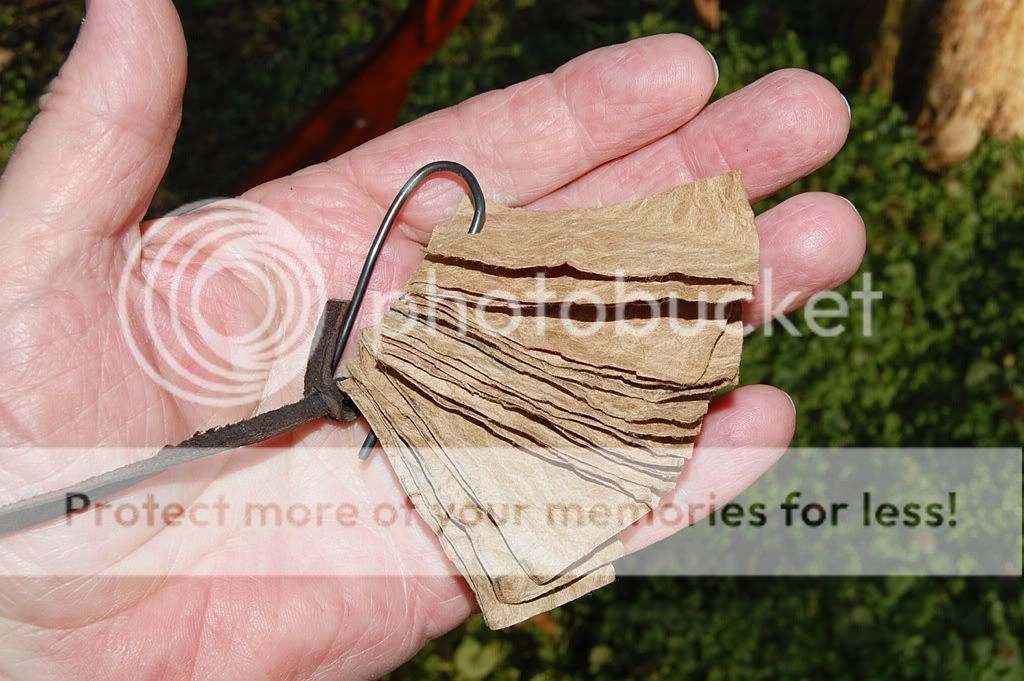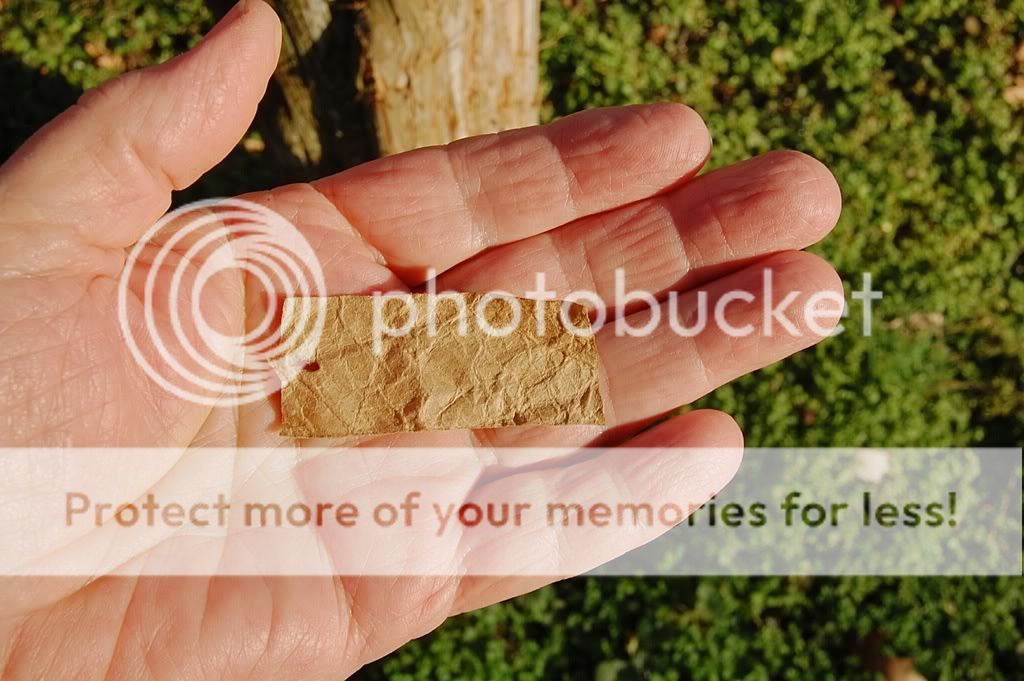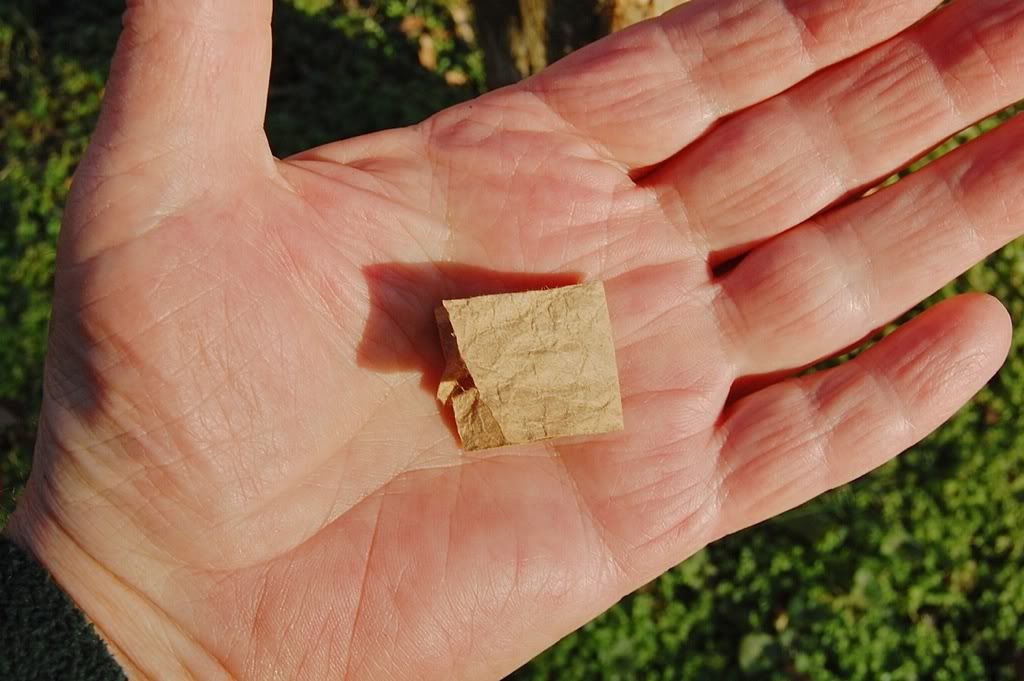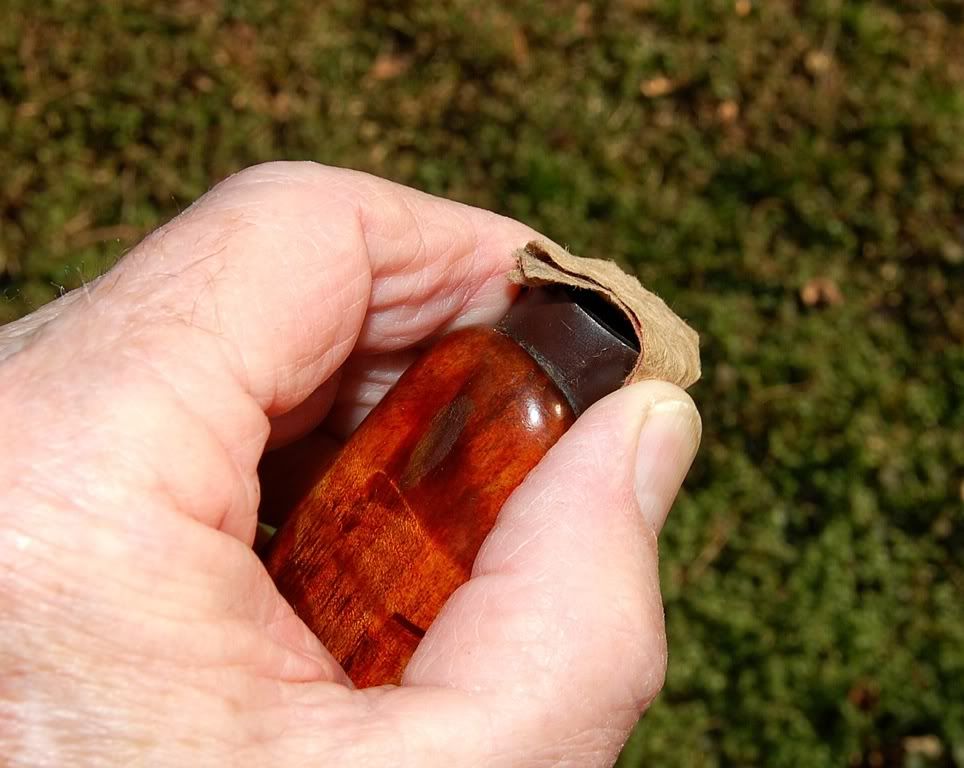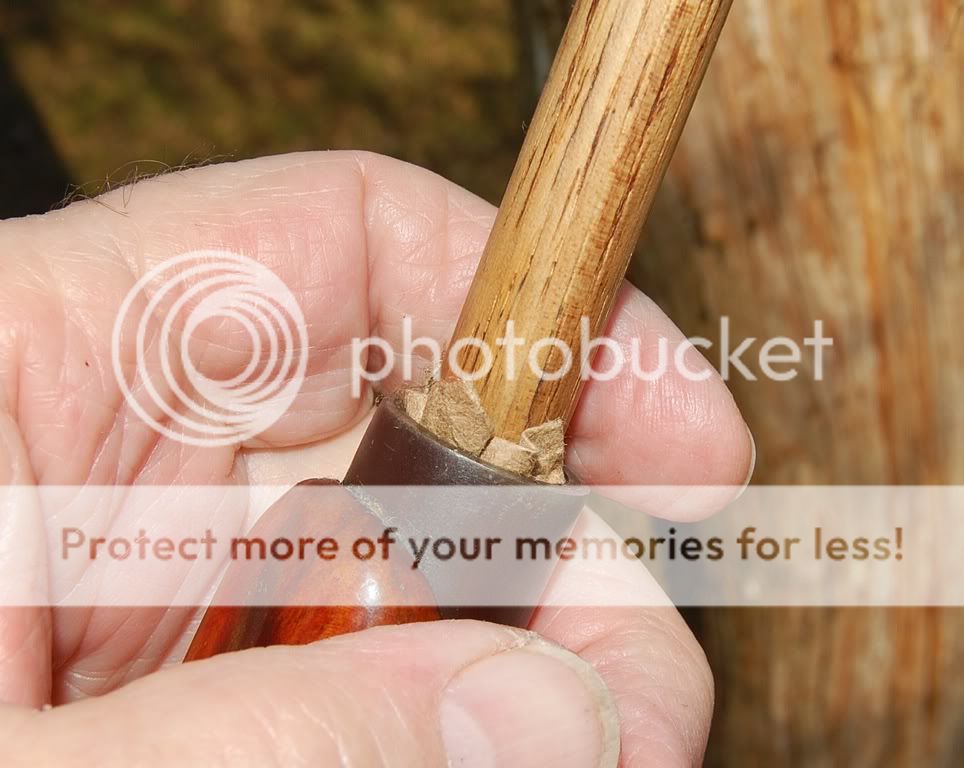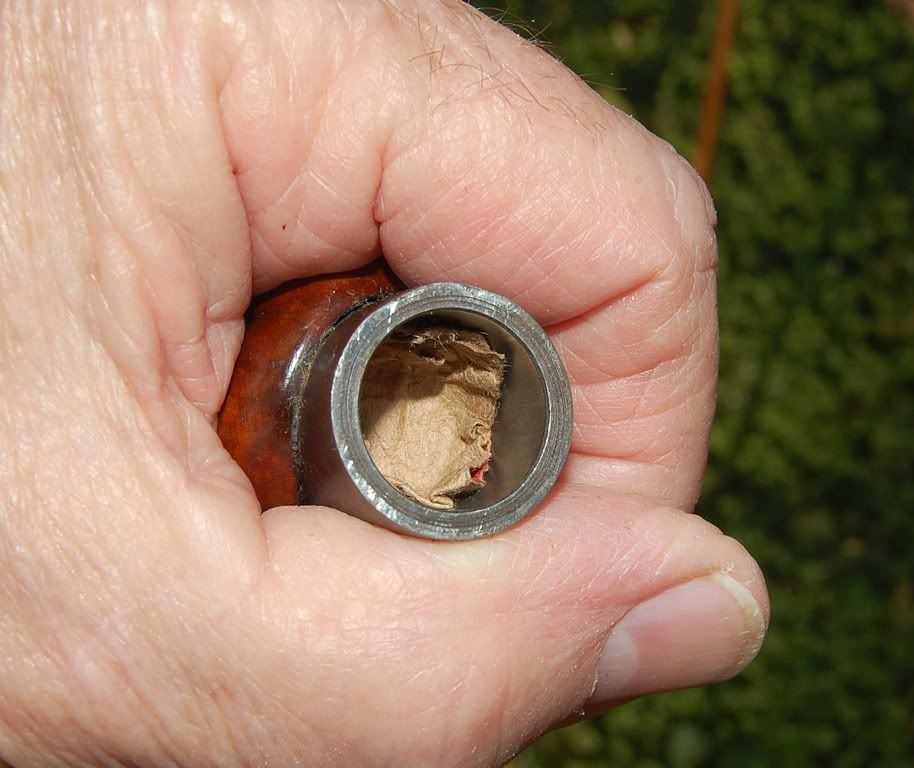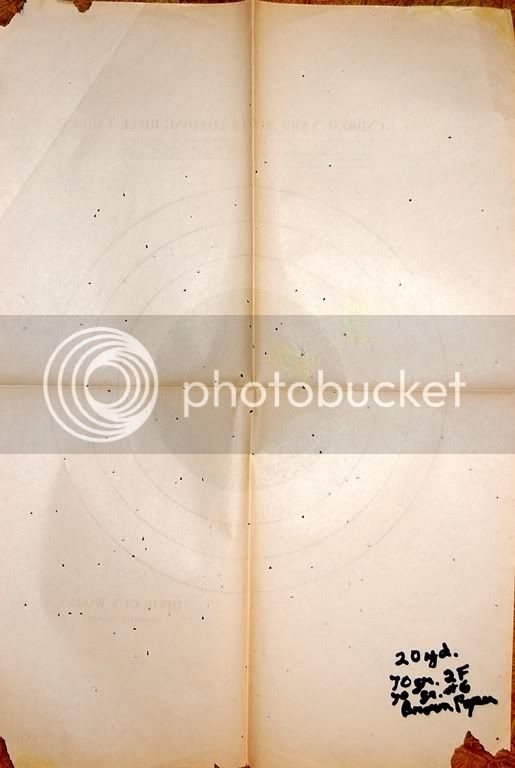Many Klatch
69 Cal.
- Joined
- May 19, 2006
- Messages
- 3,498
- Reaction score
- 265
Going through my library I found this book that I had overlooked. It appears to me that the author was probably a British officer during the AWI. He was hunting on Long Island during the war and one of his hunting buddies was killed storming Bunker Hill. This book was printed in New York in 1783 and may be the first ever book on shotgunning that was printed in this country.
One of the interesting things is his use of "square pieces of paper" to patch his load. One piece went over the powder and may have functioned much like the paper sleeves that have been mentioned on this forum a number of times. He certainly carried a lot less items with him when hunting than most of us do, but he did have a servant carrying the rest of this stuff along with a horse and carriage and his dogs.
His thoughts on priming before loading are interesting. :shake:
The Sportsman’s Companion; or, an Essay on Shooting ”“ By A Gentleman ”“ 1783
Chapter 10 ”“ Shooting Apparatus recommended, method of loading, and Precautions to used in returning Home.
Of these there are great variety, and most commonly are chosen more from fancy than for utility; some use spring steel chargers for their shot, I own they are handy and convenient, but, as they weigh almost as much as the shot they contain, I would recommend and prefer the pudding shot bag, with a brass head, and a horn or leather powder horn with a spring top; such as have the spring stopper are best; those with the stopper outside waste and spill the powder. ”“ I disapprove of loading out of the top of the horn, it is both uncertain and dangerous, by the powders clogging between the stopper and the head of the horn,, and thereby often admits a greater quantity of powder than you intend, - I will here endeavor to explain my method of loading, and hope that habit will make it both expeditious and safe to such as chuse to practise it: - Being provided then with a powder horn and pudding shot bag, as above described, the former in a pocket on my right side with the cord belonging to it on the left shoulder; my shot bag on the left side flung with its strap on the right shoulder; my bird net fixed pretty high, to avoid catching in the brush and cover, with a certain number of square bits of soft gray paper run through the middle with a thread and sewed to a convenient part on the right breast of my coat; a turnkey and a couple of flints in my pocket. ”“ I first of all, prime, 2dly, fill the head of my horn with powder and empty it into the top of my shot bag, (Which should contain the exact charge I intend, and serve as a measure for powder and shot and be equal to the full of my powder horn top) put my horn, empty the powder in my gun, take one of my square papers for wadding, and, ramming it down, I, 3rdly, fill my measure with shot, put it in the barrel, take another bit of paper, ram it down, and, returning my measure and rammer, I am ready. All this may, at first, appear complex and tedious, but, by a little practice, will become easy, expeditious and safe: I have invariably loaded in this manner; I found that I was in general, as quick as others. ”“ Many of the best more experienced shots, object to priming first; I cannot see wherein the danger consists, unless it may be supposed to proceed from the heat of the barrel, or something touching the trigger while you are loading. How must it be with the Army, who always prime first, and fire very often so quick, that they can scarcely hold their pieces in their hands, with the heat, yet it’s extraordinary to see one of them going off whilst loading, without some other cause than the heat of the piece. ”“ Bad powder leaving a sulphurous sediment in the breech of the barrel, is a more frequent cause of such accidents. I have often seen a battalion from five to seven hundred men, fire sixty rounds on a field day, without one accident of this nature; though I once saw a whole Grenadier Company’s pouches on fire, by a spark communicating to a broken cartridge in one of the men’s pouches; it was in the instant of firing and the pouch was open. However I shan’t insist on the propriety or impropriety of priming first or last, only insist that priming first is most expeditious; and Gentlemen seldom fire so quick; when fowling as to engender any accident of this kind; - it never happened to myself; - every one’s own discretion may guide them in this particular as they please.
If you have a servant, when out shooting, let him carry your shot bag, (those that I have described contain 4lb. some more some less) and you may carry half a dozen steel spring chargers in your waistcoat or jacket pockets, which, being double, will contain twelve charges. Many use cartridges containing both powder and shot. I would recommend your carrying a few charges of large shot, No 3 and 4, as many opportunities frequently offer making use of them. ”“ I shall conclude this chapter, by hinting, that the portable pocket bottle, covered with twigs, and the collation of cold meat and bread, or biscuit, are always safe and useful companions, as well as the sportsman’s knife and fork.
It is needless to caution you against carrying your piece home loaded; it is dangerous and should always be guarded against, by either drawing the charge or firing it off.
One of the interesting things is his use of "square pieces of paper" to patch his load. One piece went over the powder and may have functioned much like the paper sleeves that have been mentioned on this forum a number of times. He certainly carried a lot less items with him when hunting than most of us do, but he did have a servant carrying the rest of this stuff along with a horse and carriage and his dogs.
His thoughts on priming before loading are interesting. :shake:
The Sportsman’s Companion; or, an Essay on Shooting ”“ By A Gentleman ”“ 1783
Chapter 10 ”“ Shooting Apparatus recommended, method of loading, and Precautions to used in returning Home.
Of these there are great variety, and most commonly are chosen more from fancy than for utility; some use spring steel chargers for their shot, I own they are handy and convenient, but, as they weigh almost as much as the shot they contain, I would recommend and prefer the pudding shot bag, with a brass head, and a horn or leather powder horn with a spring top; such as have the spring stopper are best; those with the stopper outside waste and spill the powder. ”“ I disapprove of loading out of the top of the horn, it is both uncertain and dangerous, by the powders clogging between the stopper and the head of the horn,, and thereby often admits a greater quantity of powder than you intend, - I will here endeavor to explain my method of loading, and hope that habit will make it both expeditious and safe to such as chuse to practise it: - Being provided then with a powder horn and pudding shot bag, as above described, the former in a pocket on my right side with the cord belonging to it on the left shoulder; my shot bag on the left side flung with its strap on the right shoulder; my bird net fixed pretty high, to avoid catching in the brush and cover, with a certain number of square bits of soft gray paper run through the middle with a thread and sewed to a convenient part on the right breast of my coat; a turnkey and a couple of flints in my pocket. ”“ I first of all, prime, 2dly, fill the head of my horn with powder and empty it into the top of my shot bag, (Which should contain the exact charge I intend, and serve as a measure for powder and shot and be equal to the full of my powder horn top) put my horn, empty the powder in my gun, take one of my square papers for wadding, and, ramming it down, I, 3rdly, fill my measure with shot, put it in the barrel, take another bit of paper, ram it down, and, returning my measure and rammer, I am ready. All this may, at first, appear complex and tedious, but, by a little practice, will become easy, expeditious and safe: I have invariably loaded in this manner; I found that I was in general, as quick as others. ”“ Many of the best more experienced shots, object to priming first; I cannot see wherein the danger consists, unless it may be supposed to proceed from the heat of the barrel, or something touching the trigger while you are loading. How must it be with the Army, who always prime first, and fire very often so quick, that they can scarcely hold their pieces in their hands, with the heat, yet it’s extraordinary to see one of them going off whilst loading, without some other cause than the heat of the piece. ”“ Bad powder leaving a sulphurous sediment in the breech of the barrel, is a more frequent cause of such accidents. I have often seen a battalion from five to seven hundred men, fire sixty rounds on a field day, without one accident of this nature; though I once saw a whole Grenadier Company’s pouches on fire, by a spark communicating to a broken cartridge in one of the men’s pouches; it was in the instant of firing and the pouch was open. However I shan’t insist on the propriety or impropriety of priming first or last, only insist that priming first is most expeditious; and Gentlemen seldom fire so quick; when fowling as to engender any accident of this kind; - it never happened to myself; - every one’s own discretion may guide them in this particular as they please.
If you have a servant, when out shooting, let him carry your shot bag, (those that I have described contain 4lb. some more some less) and you may carry half a dozen steel spring chargers in your waistcoat or jacket pockets, which, being double, will contain twelve charges. Many use cartridges containing both powder and shot. I would recommend your carrying a few charges of large shot, No 3 and 4, as many opportunities frequently offer making use of them. ”“ I shall conclude this chapter, by hinting, that the portable pocket bottle, covered with twigs, and the collation of cold meat and bread, or biscuit, are always safe and useful companions, as well as the sportsman’s knife and fork.
It is needless to caution you against carrying your piece home loaded; it is dangerous and should always be guarded against, by either drawing the charge or firing it off.






